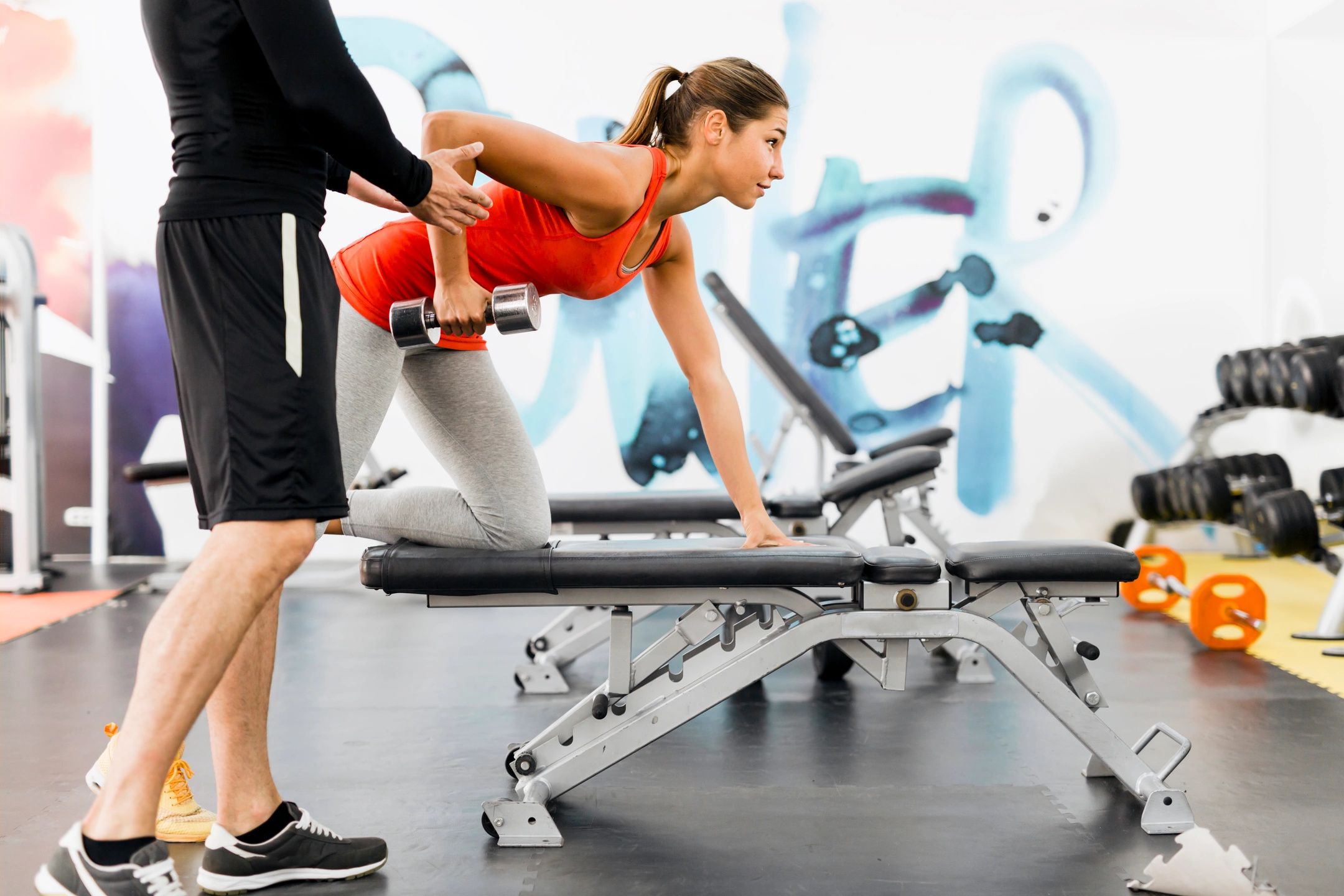A lot of my patients have said to me in the past, “I bet you see some crazy things people are doing when you go to the gym”. I have to politely smile and calmly say that, indeed, I do see a lot of “interesting” exercises and techniques when I observe others in their fitness routines. What I want to say is that any given day I enter a fitness facility, I will see a significant number of people performing exercises that are not appropriate for their condition and even more people doing exercises with incorrect form.
Frankly, I feel like every time I see a person doing an exercise incorrectly, I am looking at my next patient!
I have no doubt that many of these folks are performing their routines with all good intent of improving themselves in some way. In most cases, they may have seen an exercise in a magazine or even been taught a routine by a well meaning employee of the gym. But, as we all know, it is easy to fall into bad habits which ultimately leads to performing a movement incorrectly. It is not unlike swinging a golf club. You may be taught the proper technique, but over time, you deviate from that. So you start slicing or hooking the ball. In your attempt to correct the problem you head to the driving range….only to practice the same incorrect swing over and over again. It is only when a golf pro looks at your swing that you can understand what you are doing wrong, and then you can make the correction.
Here are some common errors and suggestions to correct these mistakes, in addition to some tips for improving your form during exercise.
- Incorrectly picking up weights to start exercising. You would be amazed at how many patients have come to me over the years saying they hurt their back, neck or shoulder just picking a weight up from the floor or a low rack. I see this happen all the time in the gym. The basics of body mechanics must be observed at all times, not just during the performance of exercise. The set up is just as important. Remember to stagger your feet, keep your back totally straight and lift the weight up using your thighs as if rising from a squat position. If you are walking with the weights, keep them in front of your body and avoid twisting at the waist.
- Do not use upper body movement and momentum to lift the weights. If you are performing an upper body weight training exercise with free weights, avoid heaving your upper trunk forward and backward to lift the weight. I have seen many people doing what amounts to contortions of their body while trying to perform a basic bicep curl with dumbbells. Even with using machines, you should be totally still and stable in your trunk when doing the exercise. I typically suggest that most upper body exercises be done seated on a stability ball. The ball forces you to use your core and abdominal muscles to stabilize yourself, thus providing a nice stable base for performing the exercise with excellent technique.
- Be mindful of the speed of your exercise movements. When performing weight training, a slow, steady pace is best for two reasons. First, the risk of injury due to loss of control of the weight is greater when performing the movement too fast. Believe it or not, I have actually seen weights fly out of people’s hands when they were exercising too fast. Secondly, there is a certain amount of time that the muscle needs to reach it’s maximal state of contraction so you can get the best result from the exercise. Research has shown that the faster your tempo with weight training exercises, the slower your strength gains. I suggest a 2-3 second period to lift the weight and a 4-6 second period to lower it. The lowering portion of the exercise is actually the most effective part of the movement for strength gain.
So, check yourself when you go to the gym next time. Just remember, I may be watching you!!


